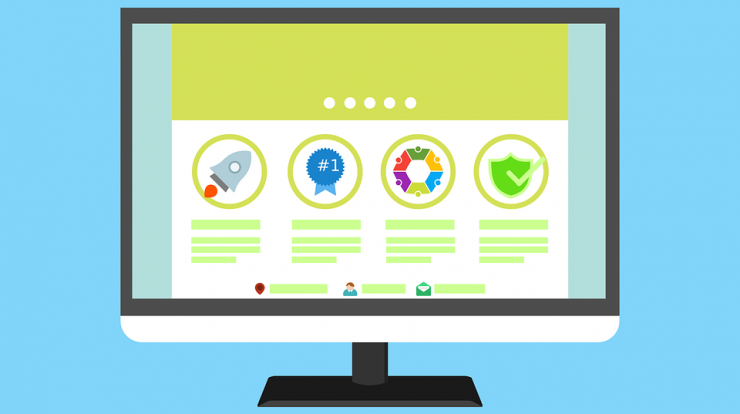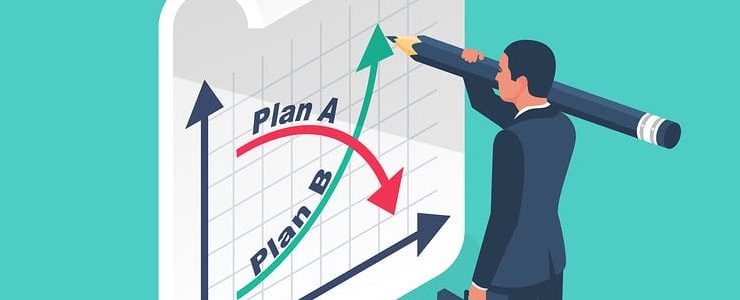
You might have heard of hackers seeking a payoff from Dublin’s tram system. People visiting the Luas website were confronted by a note from the hackers endangering to publish stolen data unless they compensated one Bitcoin (roughly 3,300 Euros or US $3,800). Although the post itself seemed to be innocent, the domain might just as possibly have been used to distribute ransomware or phishing attempts. Lets know about hosting vulnerabilities i.e. customer’s privacy.
Such incidents illustrate the significance of web hosting security. If you have a personal dream project website or you host many companies of various sizes, safety must be at the top of the priority list. With appropriate web hosting security, you can not only protect yourself, but also your clients, consumers, and guests.
In this post, we will go through some of the latest web hosting practices you should be aware of.
- Restriction on Access
Web hosts must restrict access to certain infrastructure-connected devices. This access should only be reserved to qualified and registered technicians only. When connecting to the network, use SSH (Secure Socket Shell) or its counterpart. Password-protected RSA keys should be used as an extra precaution.
A host may also whitelist approved IP addresses for maintenance purposes. Clients may do or change this from their account’s control center. Logins from either the user root can be blocked to discourage malicious actors from taking advantage of this access point. Registered admin logins will then be granted equivalent approval.
- Network Monitoring
A web hosting provider can track the network on a daily basis for interferences or unwanted behavior. Here you can read reviews and opinions about these tools. This aims to save server or other similar problems from being a larger concern in the future.
- SSL and Firewall
SSL (Secure Sockets Layer) encryption keeps confidential data flowing via a website secure and confidential. It enables users and visitors to have confidence in a website. While it protects the connection between a server and a customer, it does not protect the website from a cyber incident.
To track HTTP traffic flowing via web-based applications, a WAF (Web Application Firewall) is needed. A WAF, as opposed to a network firewall, has more precise coverage because it knows the unique characteristics of a web application. SSL is very important for your website as it can block SQL injection attacks, cross-site manipulation, and other attacks.
- DDoS Avoidance
A DDoS (Distributed Denial of Service) attack is a simple but powerful cyber-attack that can wreak havoc on popular websites. Bad actors use this attack to overload a website’s database with so much spam that it has become inaccessible to legitimate visitors. When DDoS is active, it is difficult to manage.
As a result, the only approach is for a hosting provider to act responsibly against DDoS attacks before they occur. They must also be equipped with the necessary tools to minimize DDoS attacks as they occur.
- Detection and Removal of Malware
Web hosts should advise clients of the security measures that each party would take in order to maintain the website. Daily file checks should be done on customer accounts, and the results should therefore be made available to the clients. This is normally included in any good hosting schedule. Finally, a hosting company’s service package should provide assistance in detecting and eliminating malware. Malware can be prevented by installing software such as ClamAV and rkhunter.
- Operating System
If you’re searching for a web host as an entity, one of the choices you’ll be offered is the OS (Operating System) of the webserver. Currently, two operating systems are available: Windows-based OS and Linux-based OS. Clients decide between the two depending on the technical requirements of the site. Needless to mention, each of these operating systems has distinct significant benefits above the other.
Access is limited by default to Windows-based web servers. Users are signed in as ordinary users and must seek authorization and enter a code before being given the main administrator’s rights. In practice, this will deter an attacker from causing actual harm, whether the attacker is a malicious machine or an employee.
Furthermore, in the instance that a vulnerability bug is discovered, only allowed Microsoft staff to manage these web servers. This means that you’re not just receiving help from well-trained Microsoft developers, but you’re also stopping malicious people from leveraging these weaknesses.
Linux-based web servers, on the other hand, have fewer documented risks since the Linux operating system is not as commonly used as its equivalent. In addition, most hosting providers will install programs that secure Linux-hosted pages from malware designed for Windows. In the case that defects are discovered, the open-source network that powers Linux typically reacts quickly to address the issue.
- User Access and Password
Passwords should be associated with the various user groups on a website. Since admin workers and guest writers have the most ability to affect the web, the best passwords should indeed be preserved for them. In the case of a possible hacking attempt, all codes must be reset immediately. These modifications could also be needed when the CMS is updated (Content Management System).
All users must be reminded of the importance of creating secure passwords. A password manager, on the other hand, can be used to create and handle powerful passwords. Finally, the various user groups must be granted only the minimum necessary access rights required for their requirements. Allowing unlimited file uploads is never a good idea; instead, limit these updates to what users want. This helps to keep intruders out of the site.
- Updates, Plugins, and Applications
Consider the age, number of downloads, and number of upgrades of plugins when choosing them for a website. This allows you to determine whether or not the app is still running. Inactive applications can contain security flaws. To avoid malware infections, always install programs from reputable sources.
Remember to change default configurations, such as user passwords, as soon as possible to prevent them from using it in hacking attacks. Your CMS, as well as all installed apps, must be upgraded as soon as the updates become available. This prohibits hackers from leveraging the security flaws of older versions of these programs.
- Backups
For larger websites, an offsite backup is needed. These backups can be automated and performed on a regular basis in order to improve site connectivity in the event of a server outage. Automatic backups guarantee that they are not reliant on faulty human memory.
Backups are performed on a regular basis to ensure that they are up to date with the most recent offerings from the website. You should also think about encrypting the data on these copies to provide an additional layer of encryption on confidential data. These copies would also need to be checked to ensure that they work properly. Hold new install files for updated apps at all times.
This means that a clean working copy is important in the case that the original software fails or becomes corrupt.






